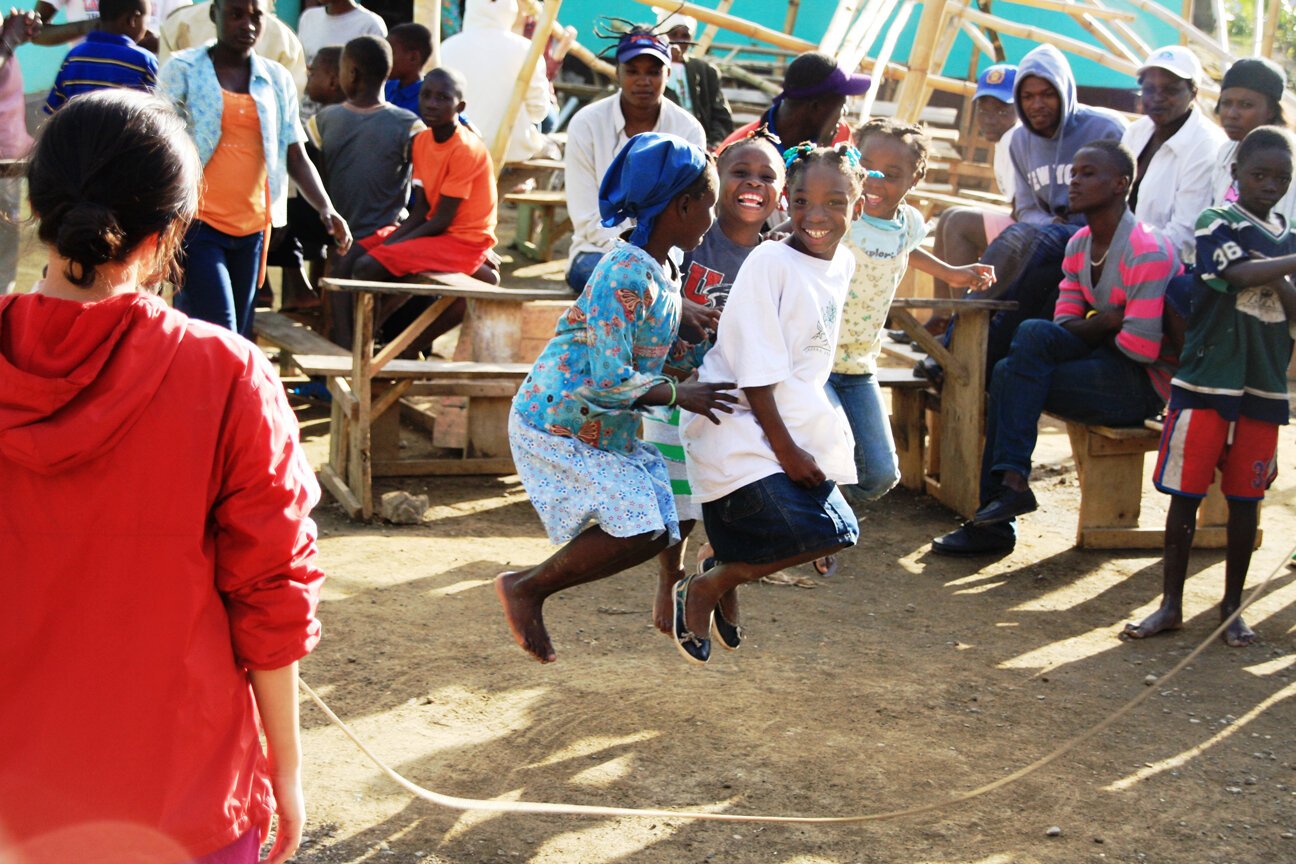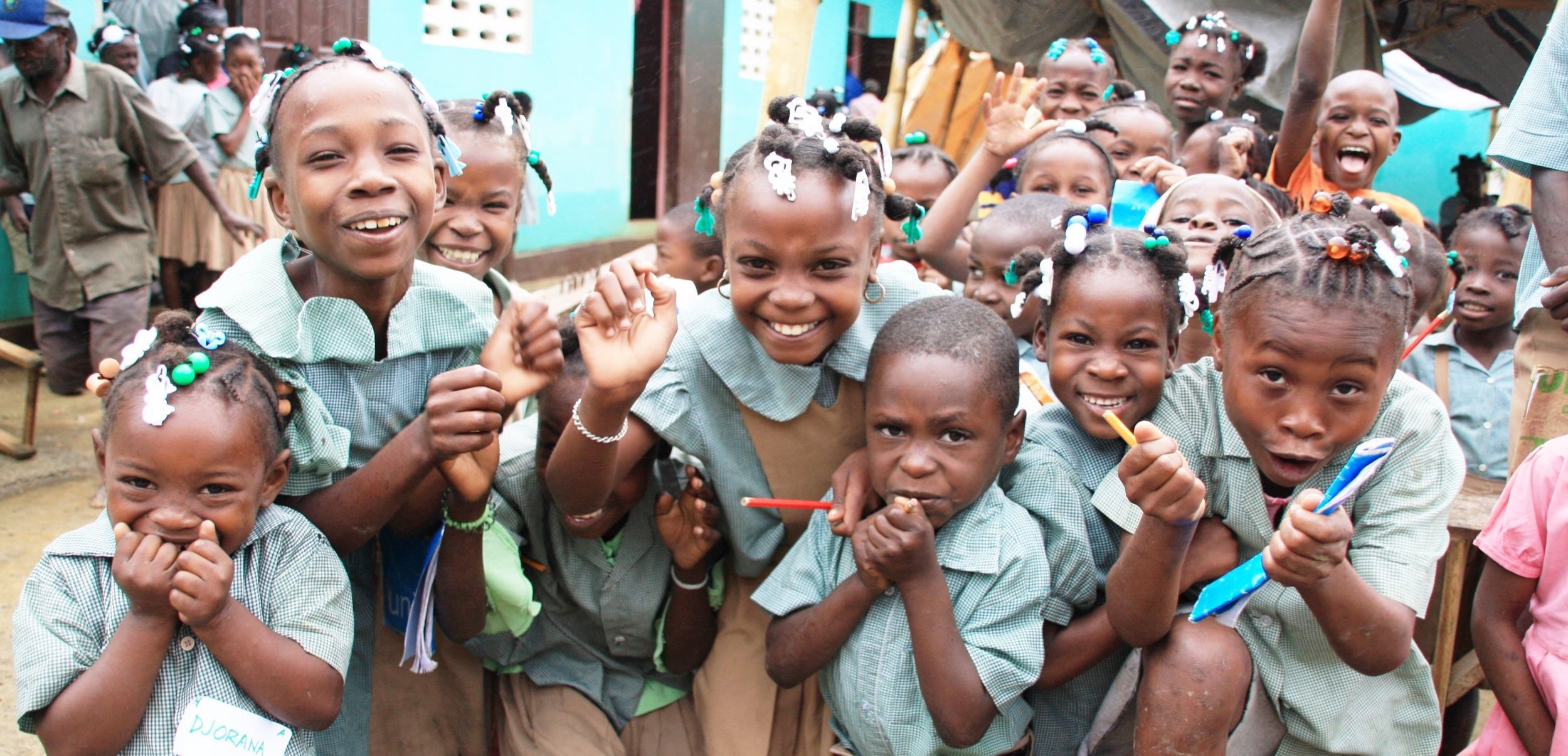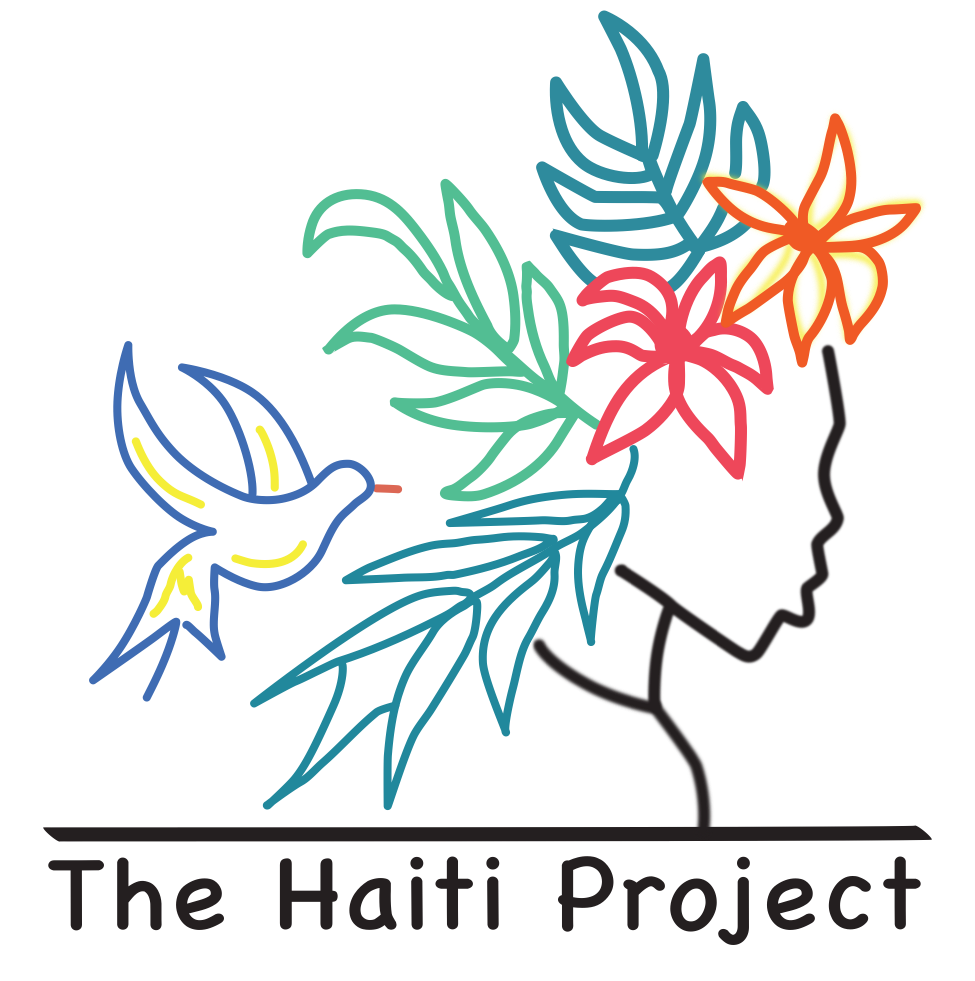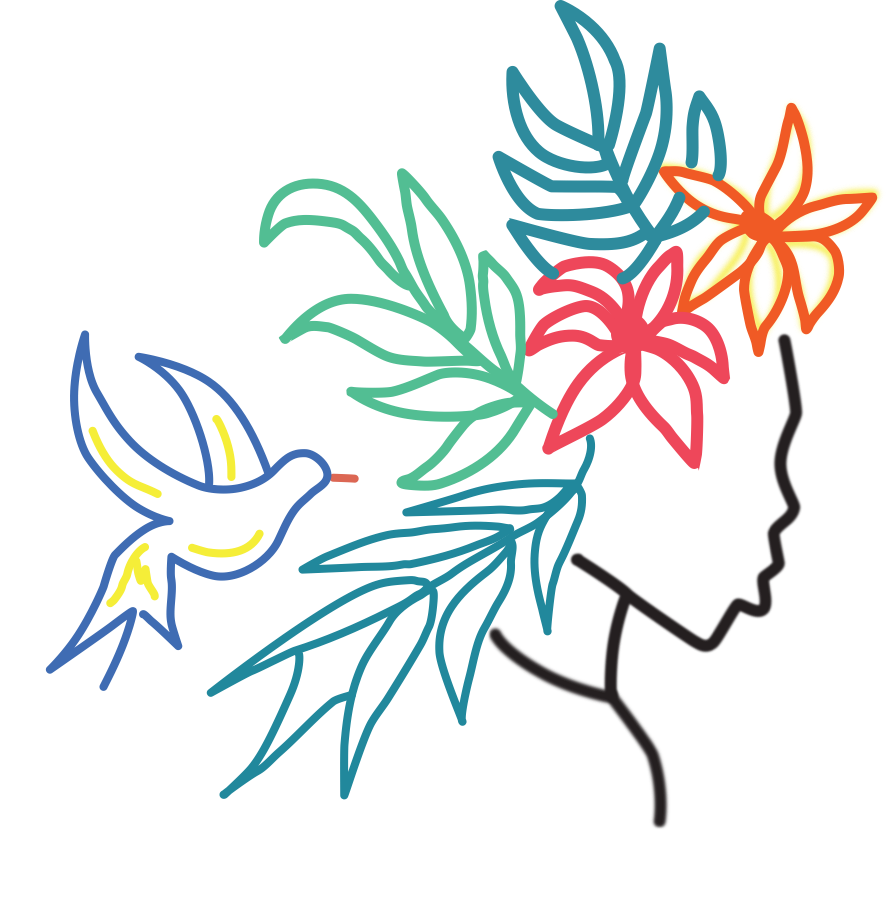
Welcome to Chermaitre
Life in Chermaitre
About 500 families populate Chermaitre, and almost all are unemployed, with subsistence farming being their sole source of food and trade value in the local markets.
Over 250 children attend a primary school in the village school built by VHP between 2005 and 2008. As of now, it is the only structure in the village that is not a family home.
Haiti has no systematic sanitation, and only the wealthiest of families can afford to boil water for drinking, so water-borne illnesses are endemic among children.
The nearest health care is the clinic VHP helped build to serve Chermaitre and 40+ nearby villages. A 90-minute walk from Chermaitre, the clinic offers basic care four days a week, and is staffed by a doctor, two nurses, and a midwife.
In focus groups during several trips to the village, we learned the harsh nature of Haitian mountain life. It is on average a 30-minute walk to school, but some students walk as much as 2 to 3 hours up and down steep mountainsides to get there because their parents cannnot afford other schooling.
We are privileged to partner with the wonderful people of this village to improve their conditions towards sustainable livelihoods. Despite the challenges faced by the people of Chermaitre, we learn from their strength, diligence, resilience, and care for each other. When we return each year, we are welcomed as family and are often asked about students who have previously come to the village: “Kote Fiona?” (Where is Fiona) “Kote Priscilla?” (Where is Priscilla?).

TRIPS TO HAITI
The Vassar Haiti Project makes bi-annual trips to Haiti, led by co-founders Lila and Andrew Meade. Spring trips include up to 10 Vassar students as well as one or two board members. Fall trips have included Medical Advisory Board members, community volunteers, Vassar students and alumnae/i.
“When we went into Haiti, we were thinking that the need was so overwhelming, how could we ever fulfill it? But then I saw the little boy, I saw the little girl, I saw the family, I saw the village, I saw the school. It struck me that the difference we are making, no matter how small, is worth making. Maybe you can’t help the whole country, but if you can help just one village, one school, one family, one person — it is worth making that difference.”
— AHN NGO, '10
The purpose of the trip is three-fold
Learning & Listening
Firstly, a huge part of the trip is dedicated to the act of learning and listening in Haiti. Through different focus groups with village leaders, students of the secondary and primary schools, and our medical directors of the clinic, we (members of the trip and our partners in Haiti) arrive at a priorities assessment for the upcoming year(s).
Art
Secondly, we reconnect with artists and galleries in Port-au-Prince, Haiti, and buy paintings and handicrafts for our art sales. By paying the artists and galleries up-front, we take measures to prevent the exploitation of artists.
Evaluation
Thirdly, we monitor and evaluate the progress of our different initiatives.
Each trip reflects an effort to deepen our understanding and appreciation of life in Haiti, particularly in the mountain village of Chermaitre. Students that have volunteered throughout the year in VHP programs have the opportunity to participate on these journeys, where they apply theories learned in the classroom vis à vis the realities of living in a rural village. Half of a typical 12-day trip will be spent in and near Chermaitre, with the remainder of time split between purchasing art from galleries and street markets, and visiting different parts of Haiti.
Trip members are thoroughly mentored both before and after the trip in how to work across difference and imbibe principles of cultural competency. Vassar Haiti Project holds its core values (integrity, care, generosity, responsibility, sustainability, solidarity and love) front and center in all of our interactions. Ultimately, without the generosity and graciousness of our partners in Haiti our trips will not be possible.
“VHP was a formative experience, key to my current academic pursuits and career goals. Students are actively involved with every step of the way – from conception to planning, to talking to our partners in Haiti; from fundraising to managing and sending those funds to Haiti; and to finally visiting the village and seeing how our work has affected the community.”
— SAHARA PRADHAN, '15











